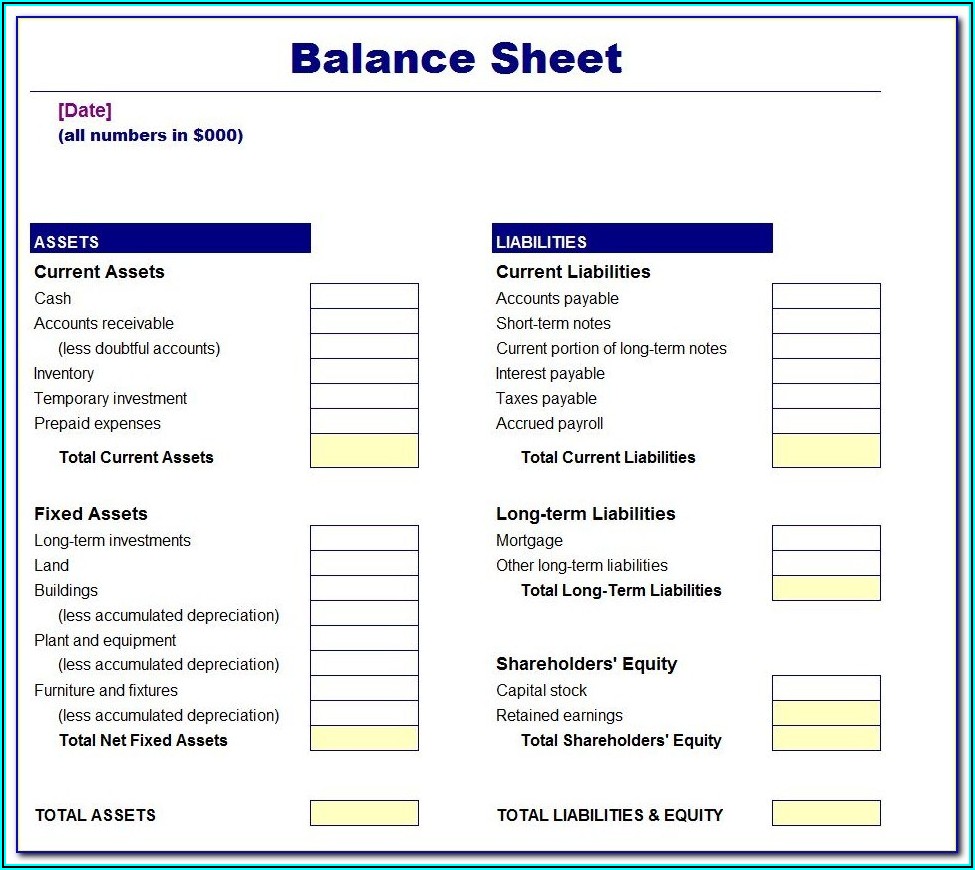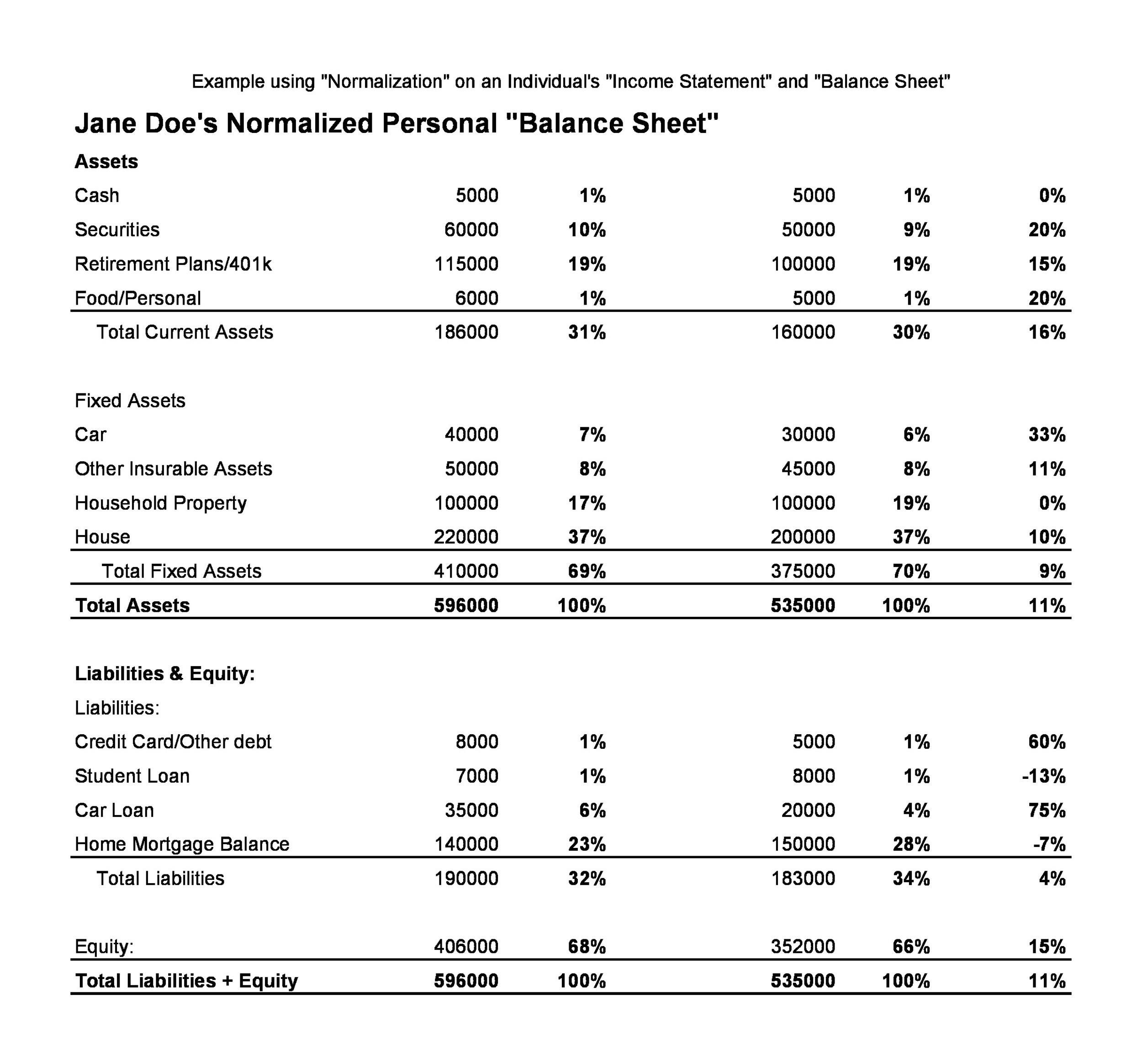How to Read & Understand a Balance Sheet

The notes contain information that is critical to properly understanding and analyzing a company’s financial statements. A balance sheet consists of rows and columns that list a company’s assets, liabilities, and equities. One column will list the category of assets or liability, with a second column beside it with the total amount for each of those categories. Underneath the assets and liabilities is data about the owners’ equity, which also includes a column of categories and total amount.
Do you already work with a financial advisor?
It’s important to note that how a balance sheet is formatted differs depending on where an organization is based. The example above complies with International Financial Reporting Standards (IFRS), which companies outside the United States follow. In this balance sheet, accounts are listed from least liquid to most liquid (or how quickly they can be converted into cash). Whether move from excel to accounting software you’re a business owner, employee, or investor, understanding how to read and understand the information in a balance sheet is an essential financial accounting skill to have. You can calculate total equity by subtracting liabilities from your company’s total assets. When investors ask for a balance sheet, they want to make sure it’s accurate to the current time period.
How do you calculate shareholders’ equity?

In this example, the imagined company had its total liabilities increase over the time period between the two balance sheets and consequently the total assets decreased. Balance sheets are important because they give a picture of your company’s financial standing. Before getting a business loan or meeting with potential investors, a company has to provide an up-to-date balance sheet. A potential investor or loan provider wants to see that the company is able to keep payments on time. Financial position refers to how much resources are owned and controlled by a company (assets), and the claims against them (liabilities and capital).
What is your current financial priority?
As you can see, the report form presents the assets at the top of the balance sheet. Beneath the assets are the liabilities followed by stockholders’ equity. In the account form (shown above) its presentation mirrors the accounting equation.
- When a balance sheet is reviewed externally by someone interested in a company, it’s designed to give insight into what resources are available to a business and how they were financed.
- A company usually must provide a balance sheet to a lender in order to secure a business loan.
- When you’re starting a company, there are many important financial documents to know.
- Annual income statements look at performance over the course of 12 months, where as, the statement of financial position only focuses on the financial position of one day.
- This structure helps investors and creditors see what assets the company is investing in, being sold, and remain unchanged.
- However, retained earnings, a part of the owners’ equity section, is provided by the statement of retained earnings.
If your balance sheet doesn’t balance, you should double-check your data and calculations. The comparative balance sheet presents multiple columns of amounts, and as a result, the heading will be Balance Sheets. The additional column allows the reader to see how the most recent amounts have changed from an earlier date. A drawback of the account form is the difficulty in presenting an additional column of amounts on an 8.5″ by 11″ page. Get instant access to video lessons taught by experienced investment bankers.
By comparing your business’s current assets to its current liabilities, you’ll get a clearer picture of the liquidity of your company. In other words, it shows you how much cash you have readily available. It’s wise to have a buffer between your current assets and liabilities to at least cover your short-term financial obligations. The data from financial statements such as a balance sheet is essential for calculating your business’ liquidities.
Updates to your enrollment status will be shown on your account page. HBS Online does not use race, gender, ethnicity, or any protected class as criteria for enrollment for any HBS Online program. As with assets, these should be both subtotaled and then totaled together. However, rather than copying every data point in the same format as reported by Apple in its public filings, we must make discretionary adjustments that we deem appropriate for modeling purposes. Using the screenshot from earlier, we’ll enter Apple’s historical balance sheet into Excel. This gives you a percentage showing how much the company is financed by debt.
Balance sheets serve two very different purposes depending on the audience reviewing them. Balance sheets are an inherently static type of financial statement, especially compared to other reports like the cash flow statement or income statement. Analyzing all the reports together will allow you to better understand the financial health of your company. The report provides helpful information when assessing a company’s financial stability. Financial ratios are used to calculate the business’s financial position, including liquidity and gearing ratios.
